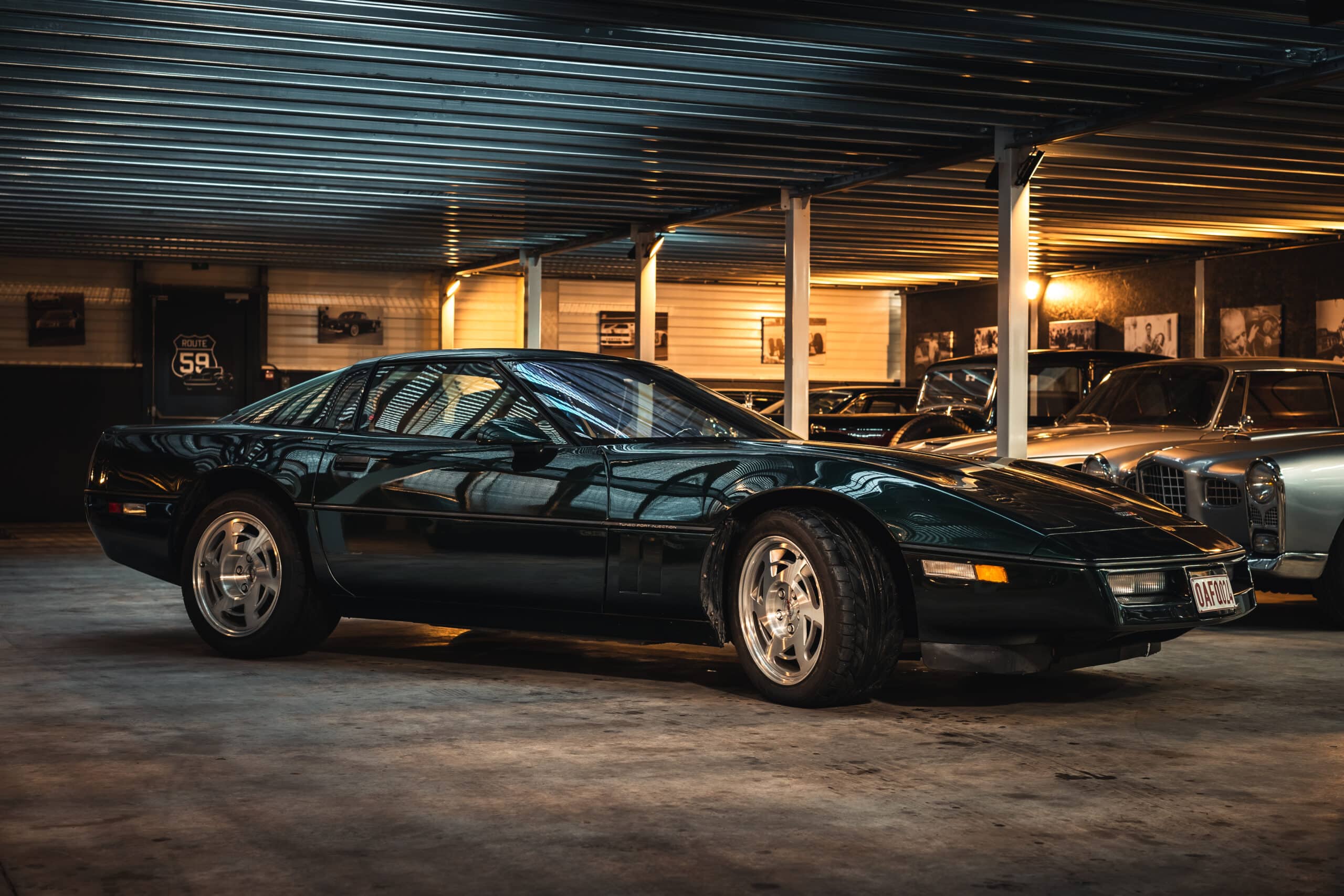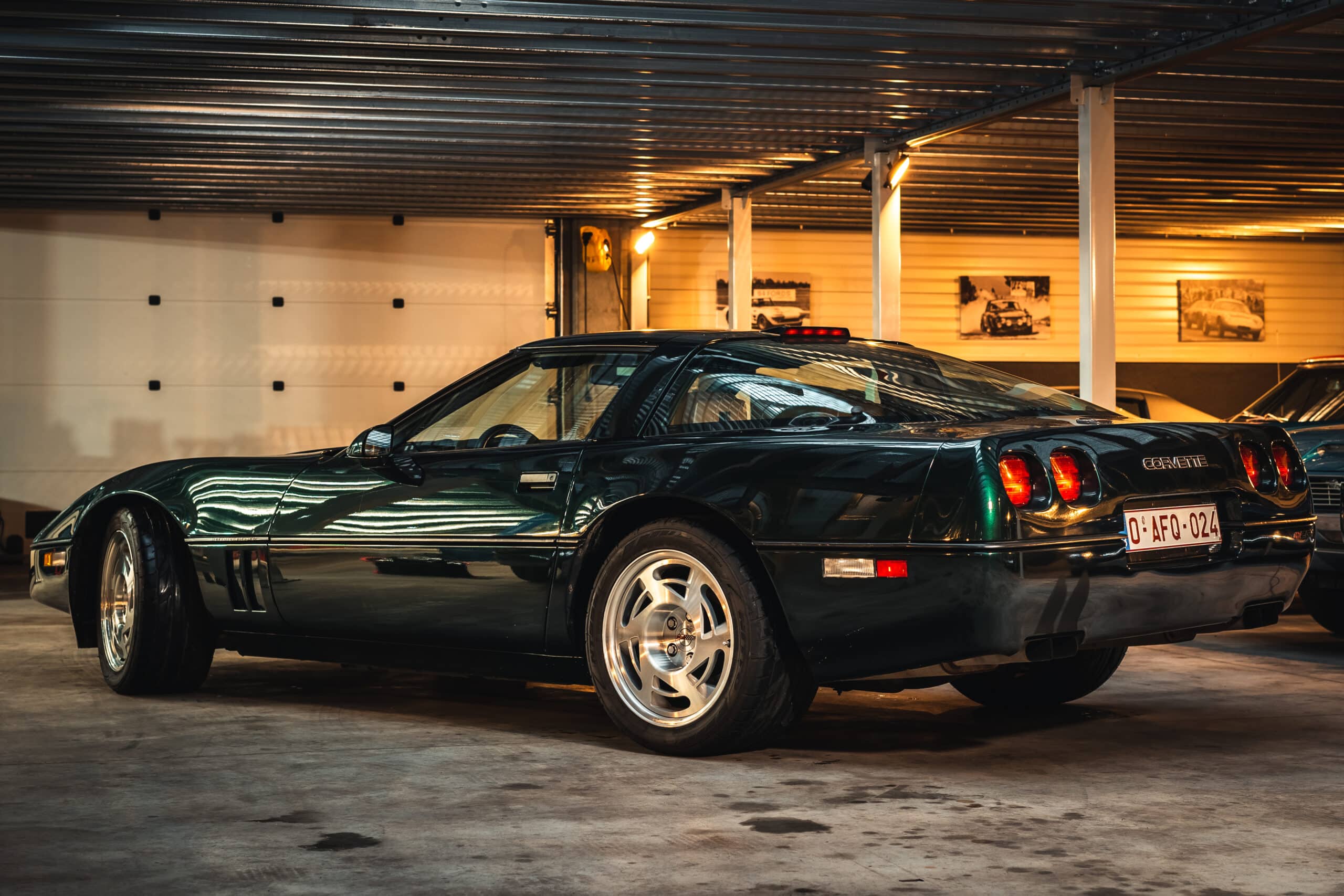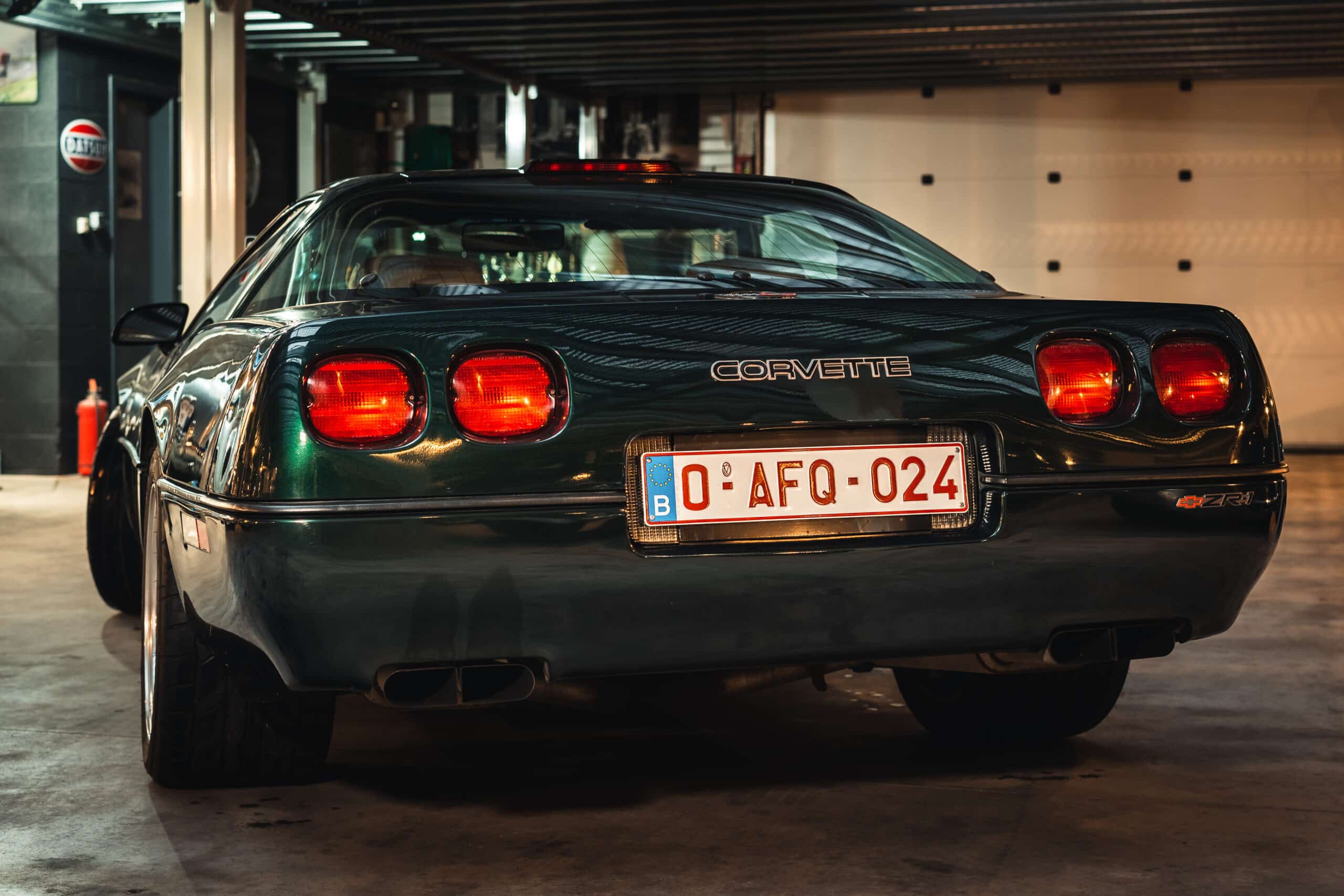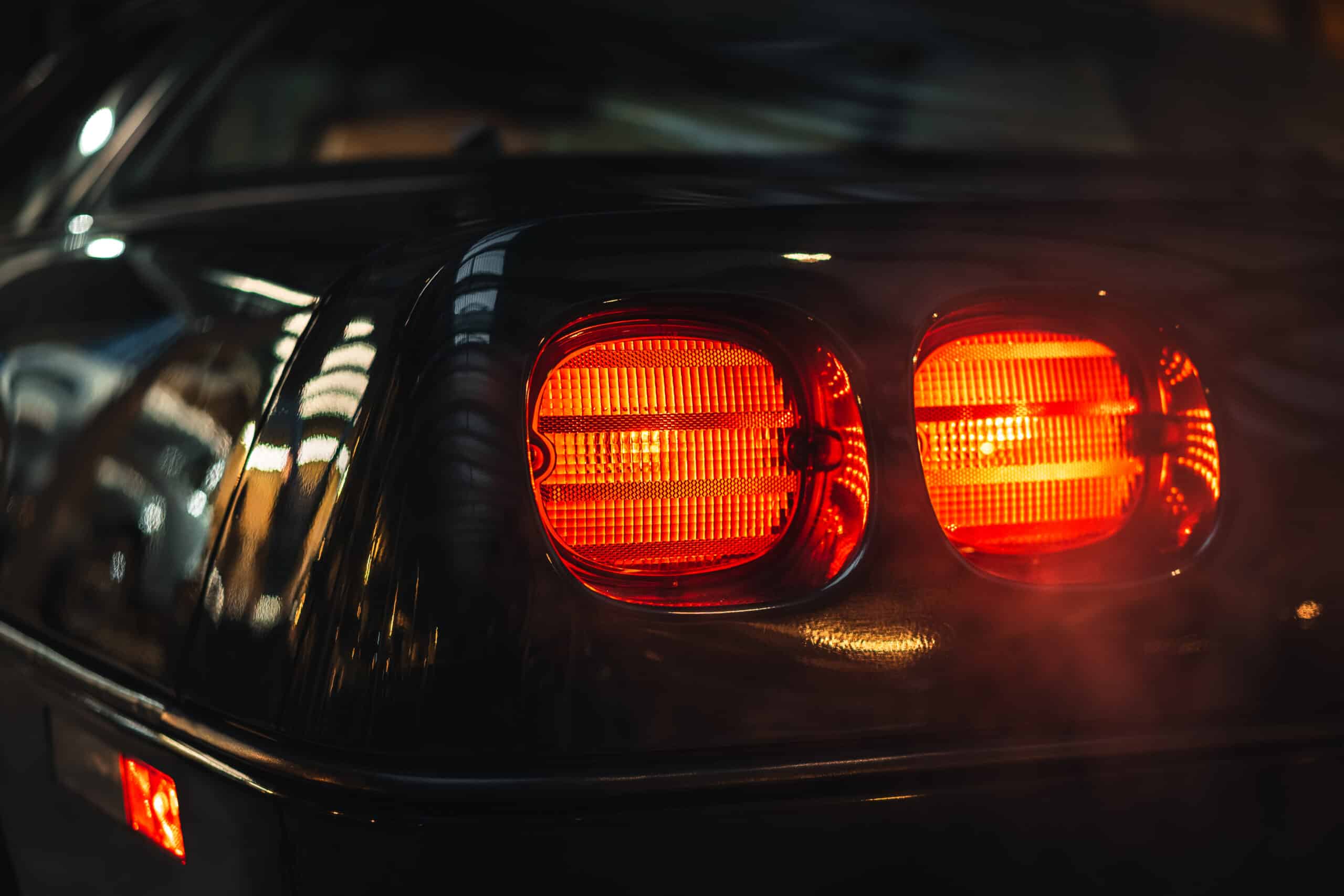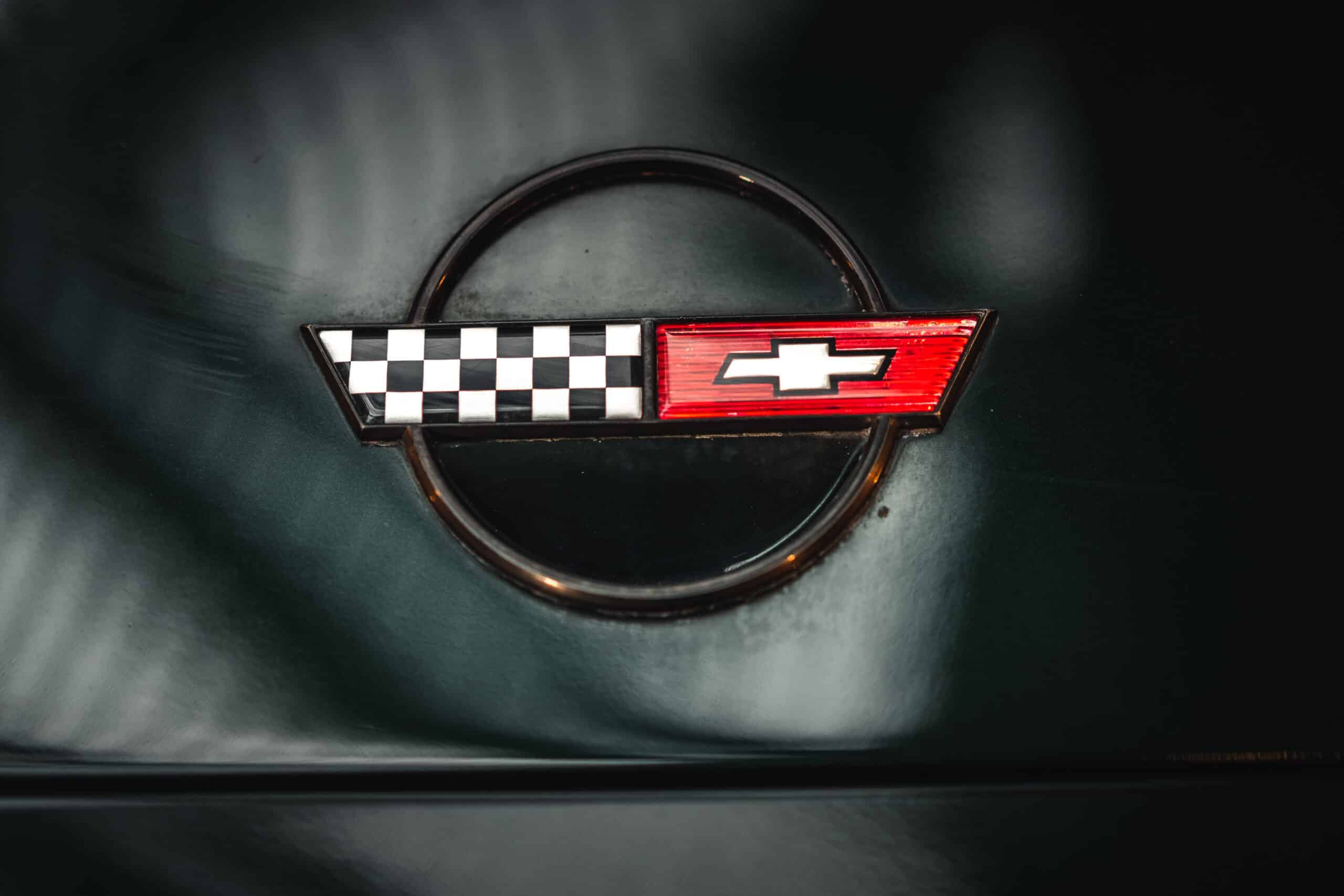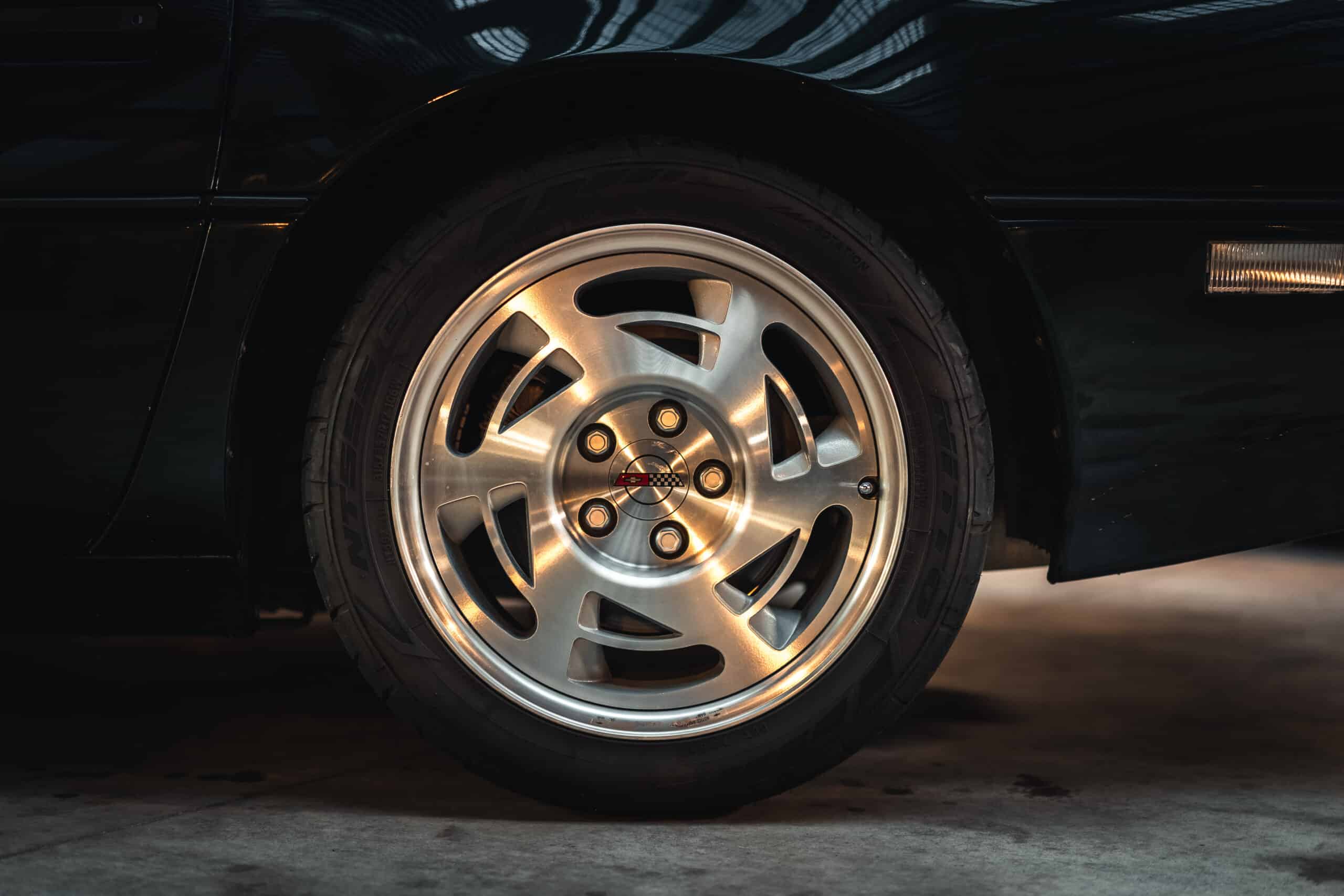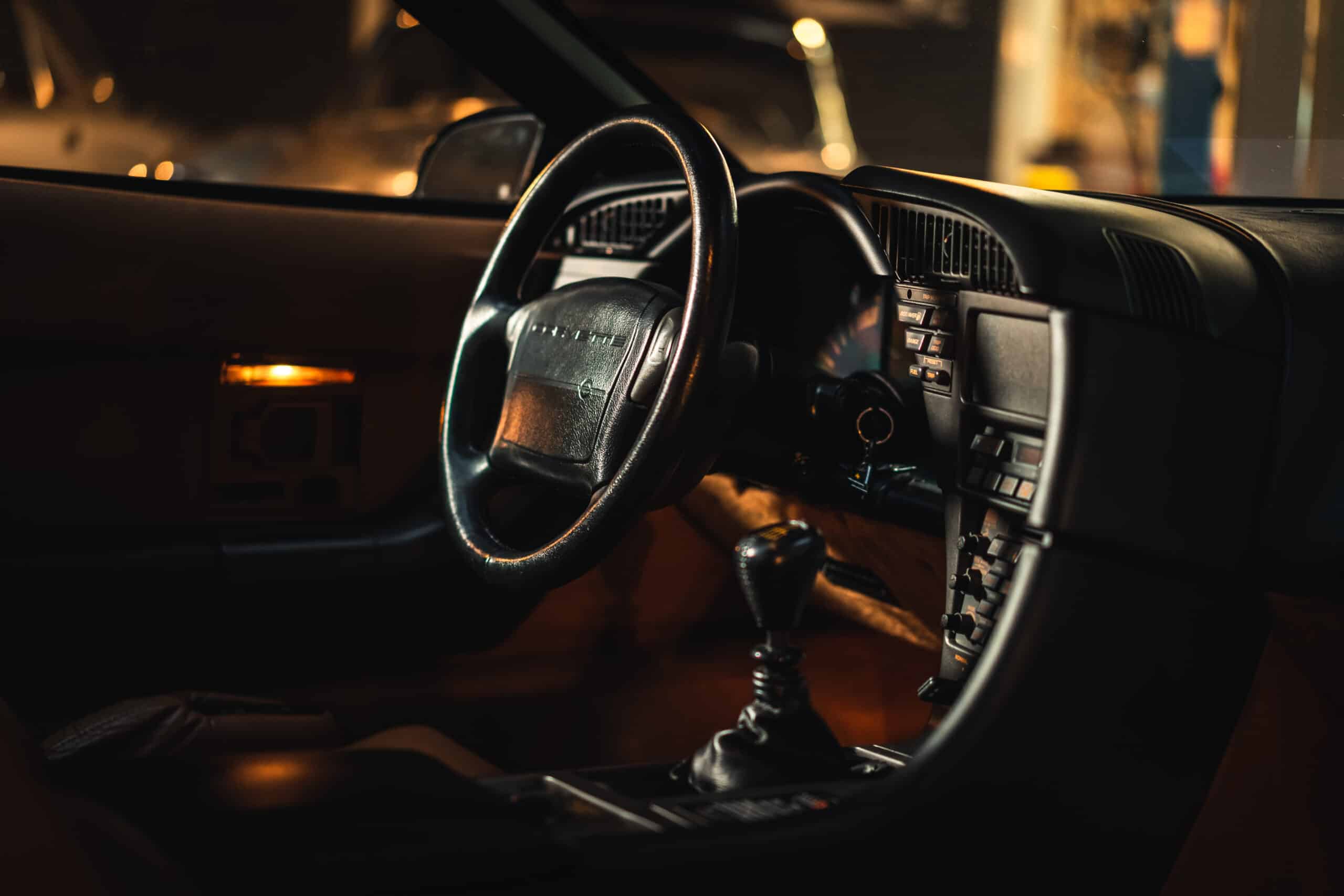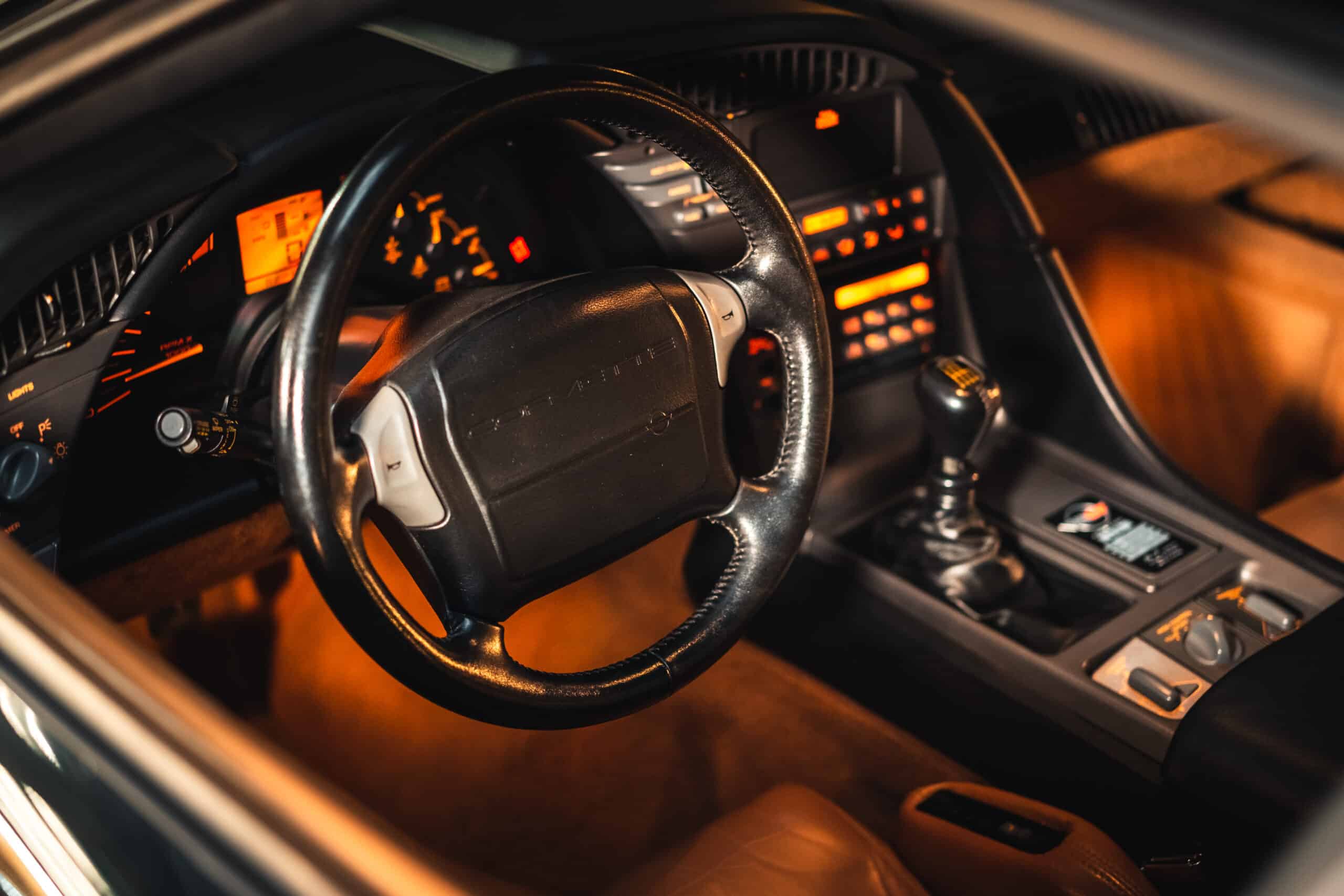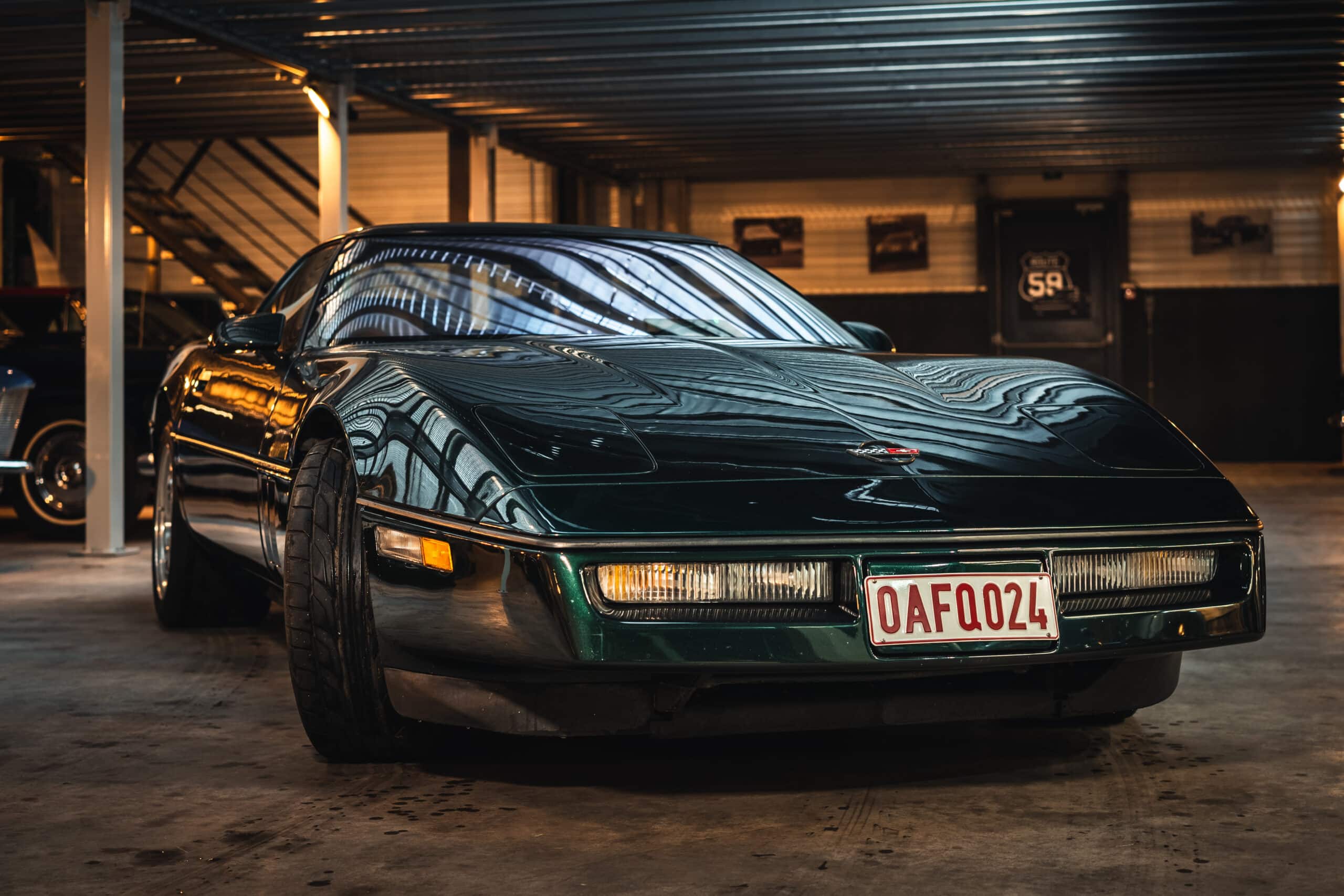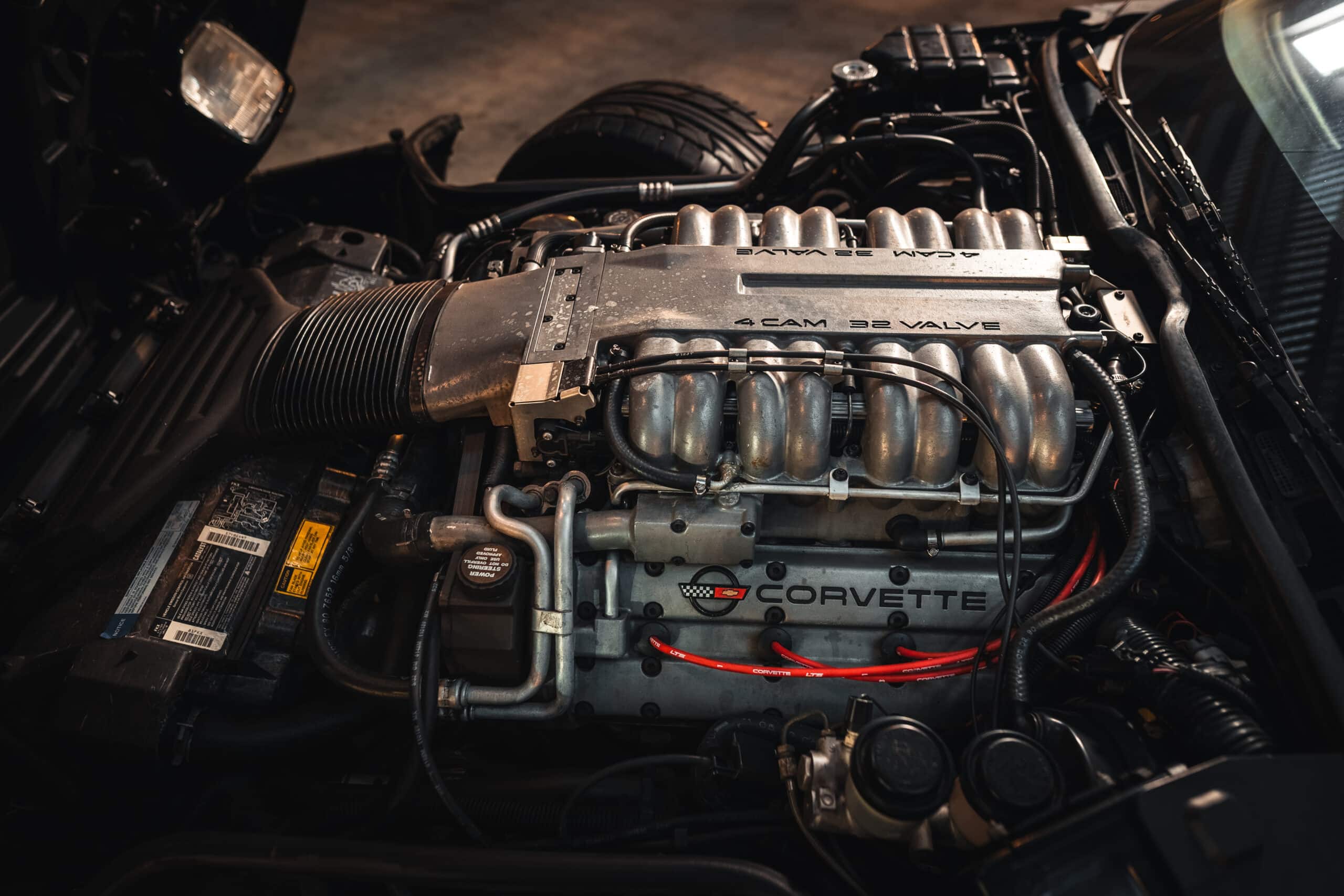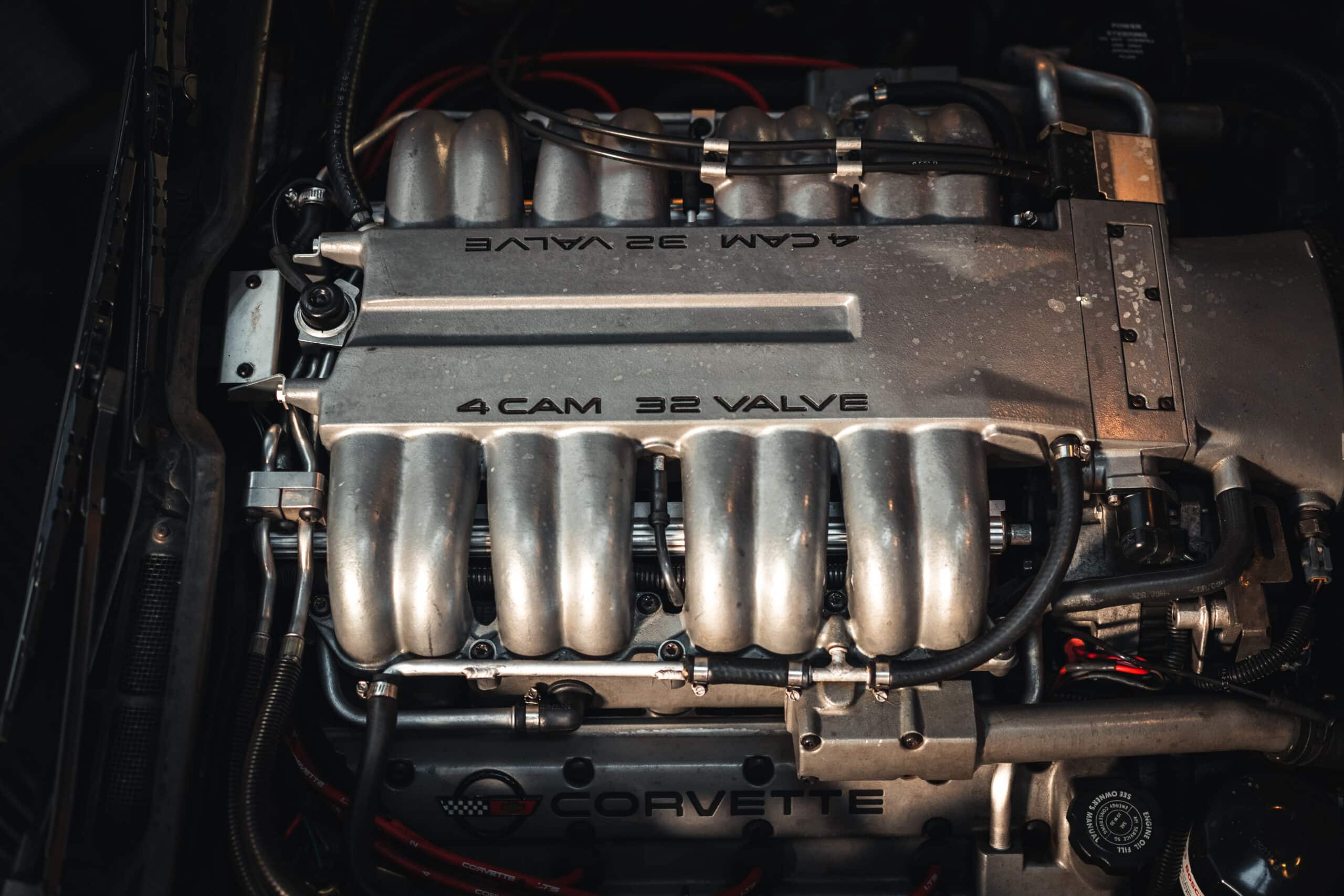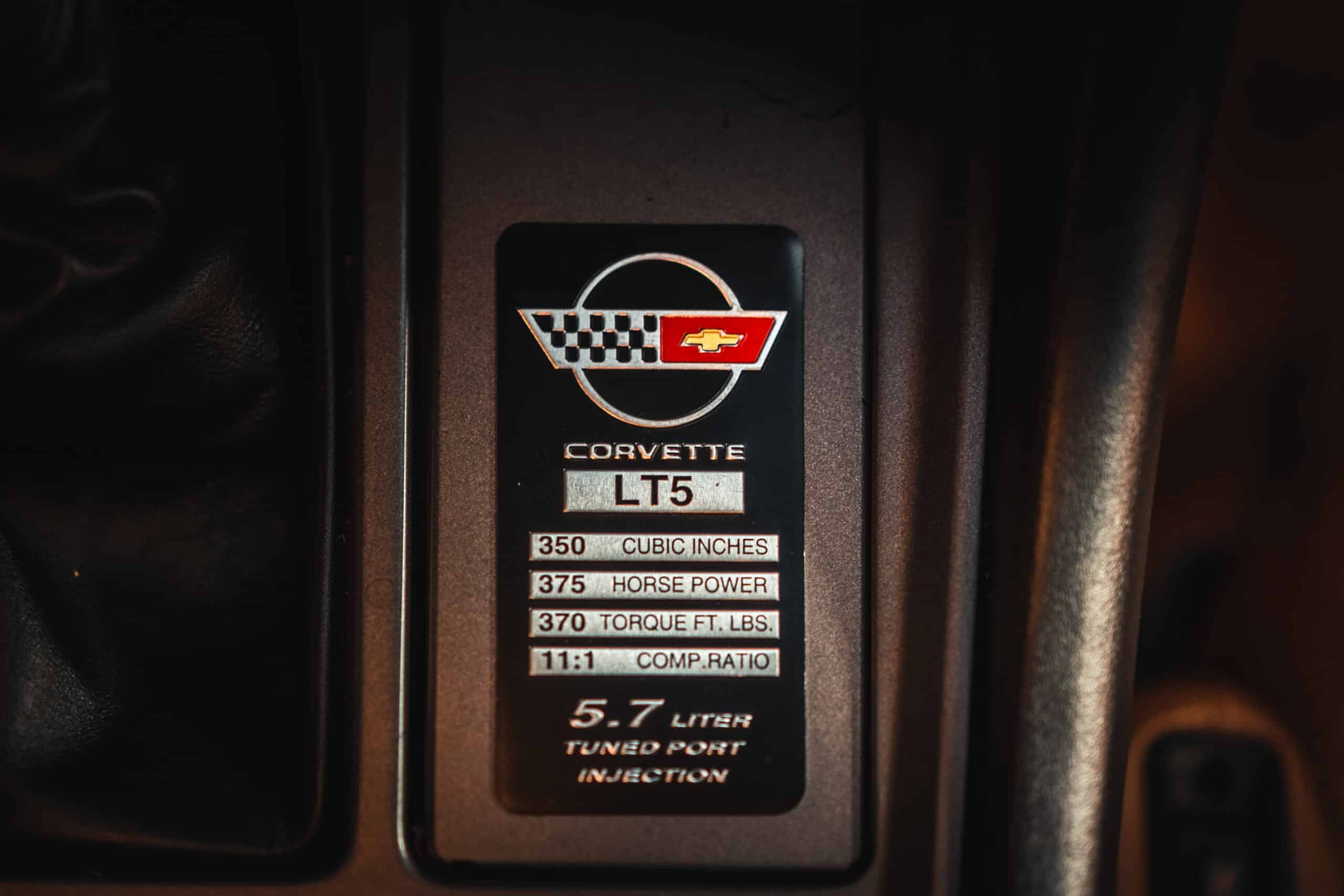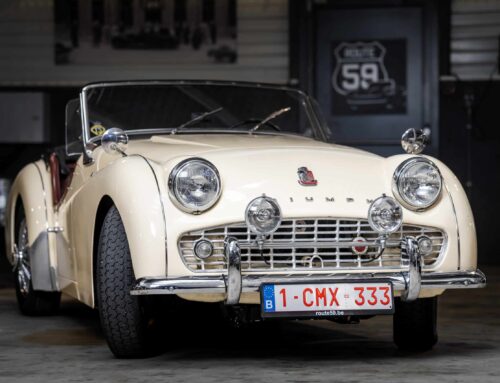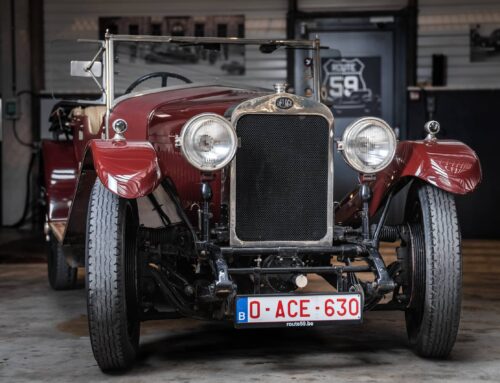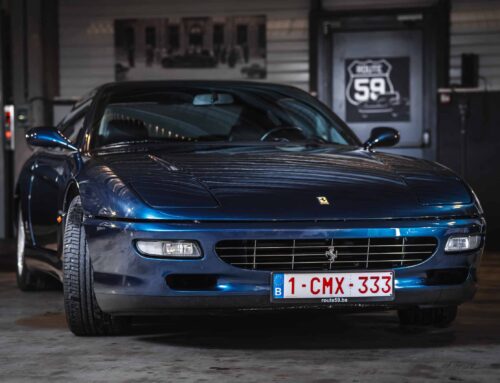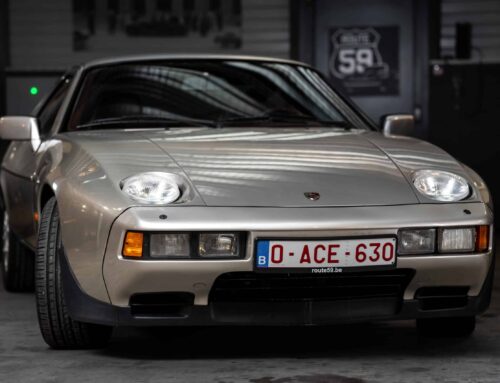Chevrolet Corvette C4 ZR-1
| Brand | Chevrolet |
| Model | Corvette C4 ZR-1 |
| Color | Green |
| Transmission | Manual 6 gears |
| Pk | 380 ch |
| Year | 1990 |
| Price | Not for sale |
In late 1987, rumors of an all-new high-performance Corvette built on the fourth-generation platform began to circulate in the automotive press. Dubbed the “King of the Hill,” the secret supercar was supposed to be a world champion, and in March 1989, GM introduced its impressive Corvette ZR-1 at the Geneva Motor Show. Although only 6,939 were built, the car remains a memorable piece of Corvette history, as well as a bridge between the performance Corvettes of the past and present. From 1970 to 1972, Chevrolet offered an RPO ZR1 option for the Corvette that included a 350cc, 370 horsepower V8 coupled with a short-throw four-speed transmission, heavy-duty brakes, transistorized ignition, aluminum radiator and heavy-duty suspension. This configuration was not recommended for road driving, but those who chose to exercise their Stingrays in a closed environment surely saw the benefits of this package.
Image of the post
The 1990 ZR-1 uses a convex rear bumper, which will appear on the entire Corvette range in 1991. When the fourth-generation Corvette debuted for the 1984 model year, the car’s handling was praised almost universally. However, its 205 horsepower, 350cc V8 did not, and a few years after its launch, the car’s disappointing performance began to impact sales. GM had been working on developing its own high-performance engine, but it was proving difficult to build one that retained the civility needed for everyday driving… That’s when the Lotus Group, which GM had acquired in 1985, stepped in. Working in conjunction with the Chevrolet, Pontiac, GM Canada (CPC) division, Lotus developed an aluminum-block 350 V-8 that used dual overhead camshafts and four valves per cylinder and proved capable of producing 375 horsepower and 370 pound-feet of torque. It was the testing of this engine (a variant of which would appear in the 1986 Corvette Indy concept) that led to rumors of a “King of the Hill” Corvette, and by March 1989, GM was ready to show its hand.
The Geneva launch was no accident, and GM made sure to invite press from around the world to test drive the car in Europe. Most media outlets were quick to praise the car, which proved capable of accelerating from 0 to 100 km/h in just over four seconds, reaching a top speed of 280 km/h. Car and Driver even called it the “Corvette from hell” for its performance potential, and as if to illustrate that the ZR-1 wouldn’t suffer fools behind the wheel, a power-limiting lock was standard equipment. In addition to the Lotus-designed V8 under the hood, the ZR-1 featured a three-inch wider rear track, necessitated by its oversized 315/35-17 rear tires. This change required new doors, as well as a new rear bumper that took on a convex shape to distinguish it from lesser Corvettes (for the 1990 model year, anyway). The taillights of the ZR-1 models were rectangular in shape, but in profile, the ZR-1 looked very much like a basic Corvette, even though it had different wheels.
Neither GM nor Lotus had the capacity to build the ZR-1’s LT5 V8 in sufficient quantity, so production of the homemade engine was turned over to Mercury Marine in Stillwater, Oklahoma. Assembly proved costly, as did extensive modifications to the Corvette’s body to accommodate the ZR-1’s changes, and the car was priced accordingly. In 1990, a base model Corvette could be purchased for $31,979, but the cost of the ZR-1 package alone added $27,015 (nearly 84.5 percent of the selling price). Despite this, and despite dealer margins that would have doubled the price, the initial demand was respectable.
To alleviate concerns about the lack of durability of the ZR-1’s aluminum engine, a production model was pulled off the assembly line in the spring of 1990 and sent to a proving ground at Fort Stockton, Texas. There, the Corvette set a series of speed and endurance records, traveling 5,000 kilometers at an average speed of 175.71 MPH, 5,000 miles at an average speed of 173.29 MPH, and 24 hours at an average speed of 175.88 MPH, covering over 4,200 miles.
For the 1990 model year, GM built 3,049 units, followed by 2,044 in 1991, 502 in 1992 and 448 each year from 1993 to 1995, when production of the ZR-1 ended. Even an increase in horsepower to 405 for the 1993 model year failed to reverse the drop in sales.
This 1990 Chevrolet Corvette ZR-1 is finished in polo green metallic with a tobacco leather interior. It was sold new by C&M Chevrolet of San Diego, California in August 1990. Factory features include Selective Ride and Handling, a Delco-Bose CD stereo, cruise control and automatic climate control, as well as power seats and power windows. Modifications include a Haibeck Automotive Technology performance ECU chip, an aluminum radiator and a custom cat-back exhaust. Recently serviced, the service included replacement of the tires (Nitto NT555 G2 measuring 275/40 front and 315/35), battery, oil pressure switch and intake plenum seals, injectors and ignition coils. The two removable roofs (glass and metal) are also present.


